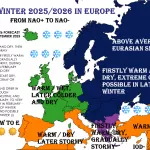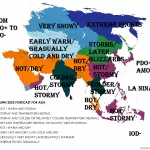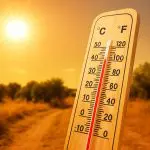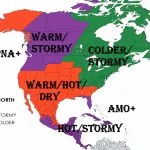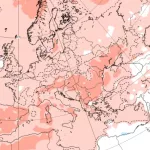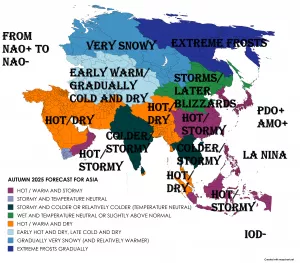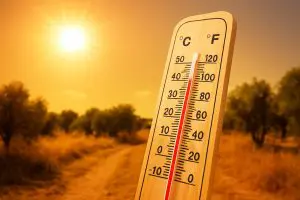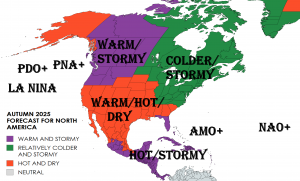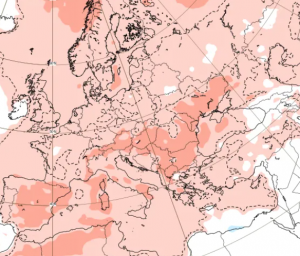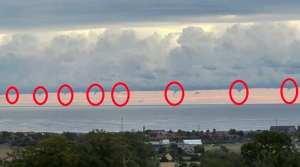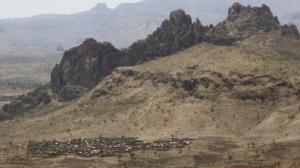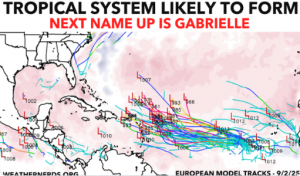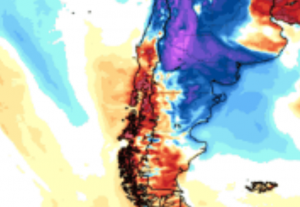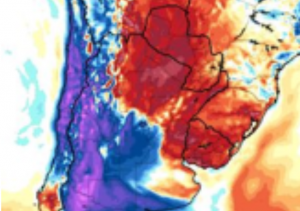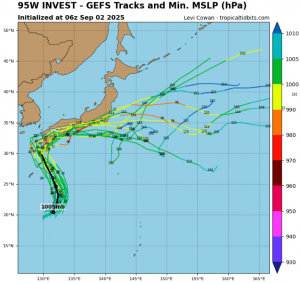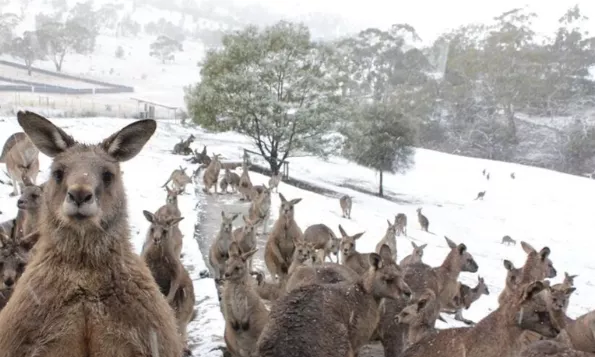
In early August 2025, Australia experienced an extraordinary cold snap that brought record-low temperatures to parts of the Northern Territory and even rare snowfall to Queensland. These unusual weather events have attracted significant attention as they break decades-old records and defy typical Australian winter patterns.
In the Northern Territory, the town of Tennant Creek recorded its lowest temperature in 57 years, with the mercury dropping to a mere +4.1 °C. For a region known for its typically warm, arid climate, this temperature is strikingly low and highlights the intensity of the current cold wave penetrating into Australia’s interior. Such a temperature at this latitude and elevation signals a powerful influx of cold air sweeping from southern latitudes.
Even more remarkable was the occurrence of snowfall in Dalvin, Queensland, at an elevation of around 400 meters above sea level (MASL). Snow is exceedingly rare in Queensland, a state better known for its tropical and subtropical climate. The reported snow event in Dalvin marks an unusual weather phenomenon for the region, underscoring the extent of the cold conditions pushing far beyond the usual southern and alpine areas where snow typically occurs.
Meteorologists attribute these cold anomalies to a combination of polar air masses moving northward, accompanied by a strong high-pressure system over the Southern Ocean. This setup facilitated the advection of cold Antarctic air into northern Australia, an event seldom witnessed with such intensity.
The cold snap has caused disruptions in some communities unaccustomed to such low temperatures and snow. Infrastructure, agriculture, and daily life have been affected as residents adjust to the sudden drop in temperatures. Cold-sensitive crops and livestock are particularly vulnerable, raising concerns about potential agricultural losses.
These weather extremes highlight the increasing variability of climate patterns Australia faces, where extreme heat events are often balanced by sudden, intense cold spells. Such fluctuations may be linked to shifting global atmospheric circulation patterns, which climate scientists are monitoring closely for trends tied to broader climate change.
For Australia, a land known for its heat and drought, the 2025 winter cold event serves as a reminder of the continent’s climatic complexity and the need for preparedness across the full range of temperature extremes.
In summary, the 4.1 °C low in Tennant Creek and snowfall in Dalvin, Queensland at 400 MASL represent remarkable cold weather anomalies in August 2025. These events break long-standing records and expand the known limits of cold weather occurrence in northern and eastern Australia.

Illustration picture: https://www.huffpost.com/archive/au/entry/the-true-story-behind-australias-coldest-angriest-kangaroos_au_5cd382cfe4b02317c3ca8661

